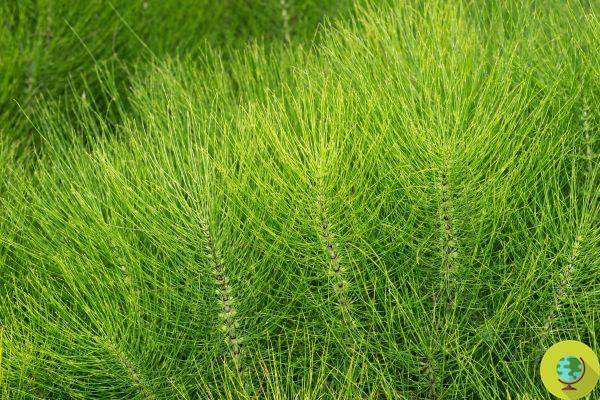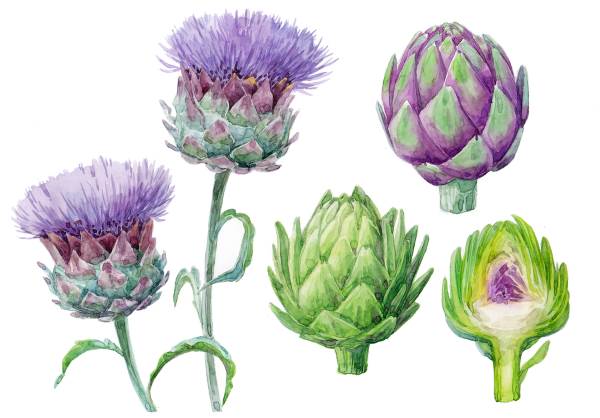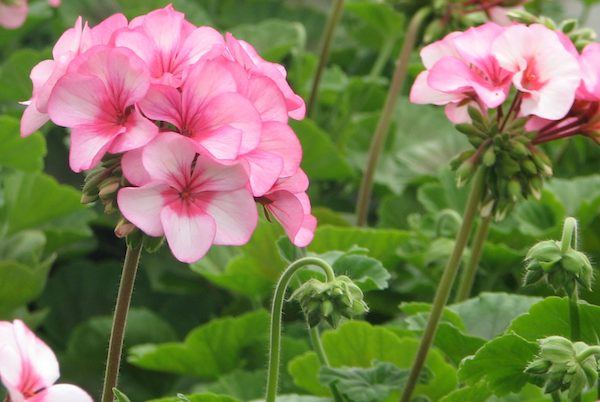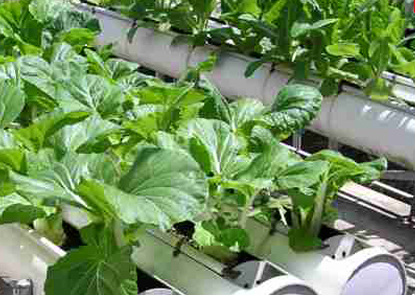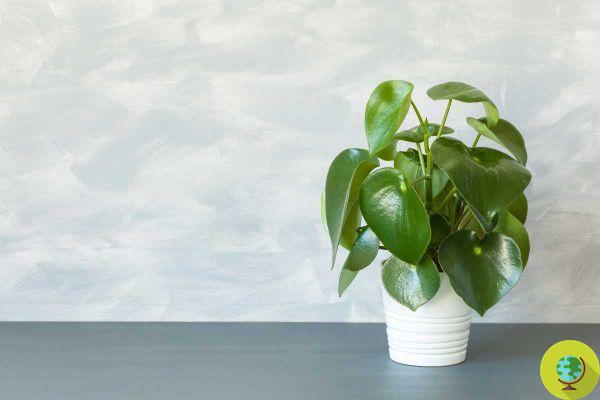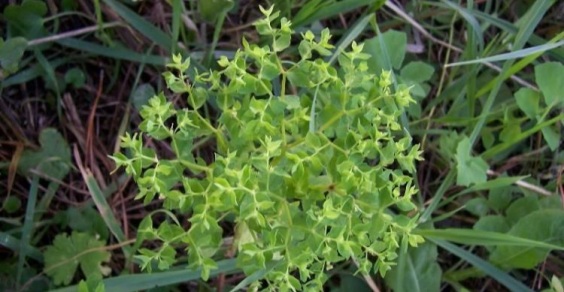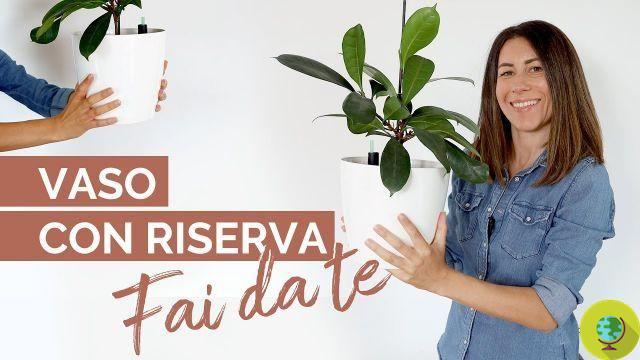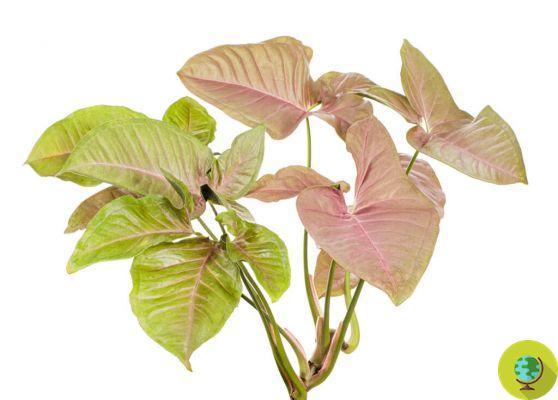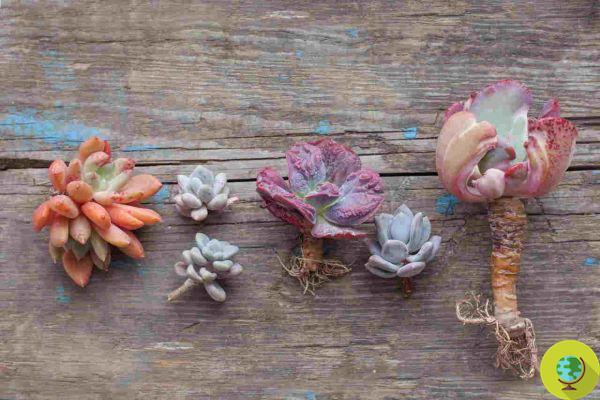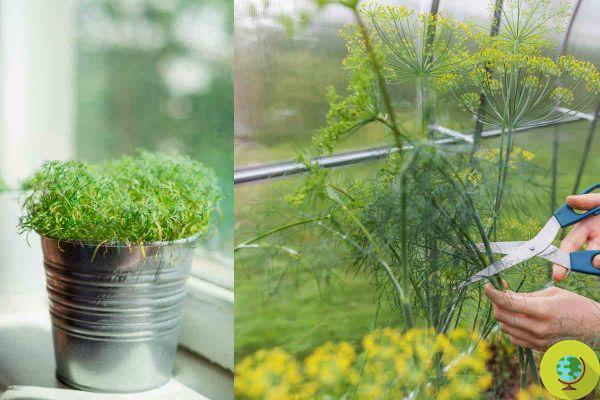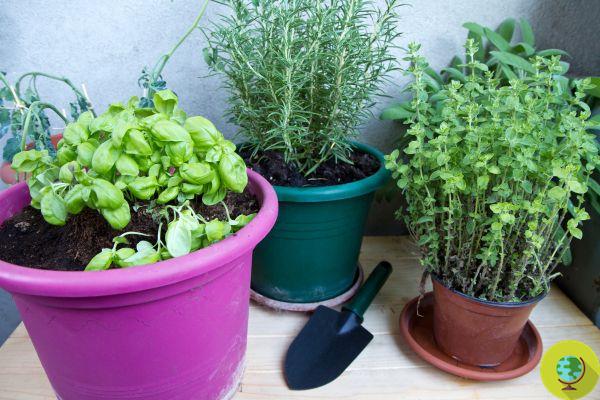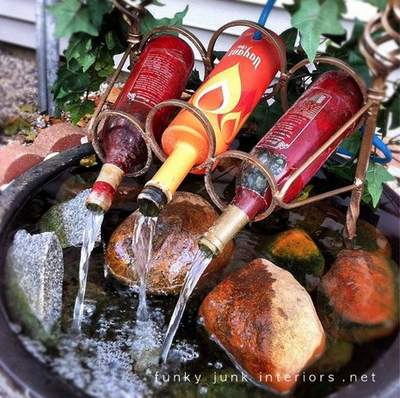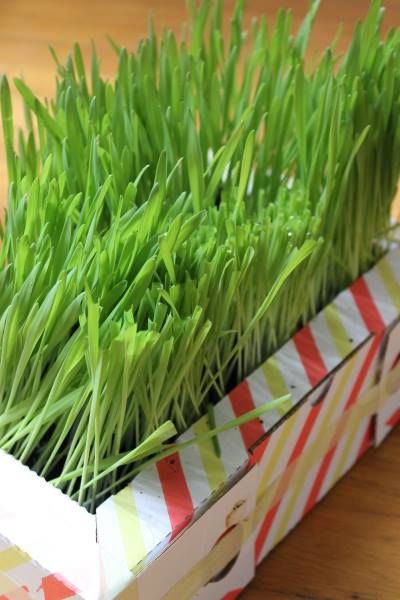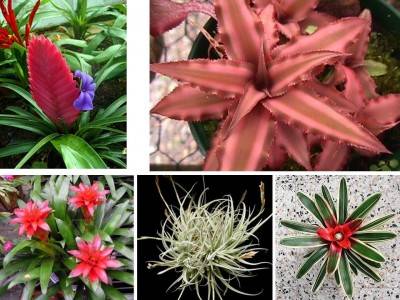
How to take care of the rosary or senecio plant, an easy to grow species with great ornamental value.
La rosary plant is a delightful ornamental plant consisting of long cascading branches covered with rounded leaves, similar to strings of pearls. Much coveted among green lovers, it is a very resistant species and really easy to grow.
Index
Characteristics of the rosary plant
The rosary plant o Senecio (Kleinia rowleyana) is a species belonging to the large Senecioneae tribe of the Asteraceae family. Also called klenia, it is a plant withvery special aspect, since it consists of long drooping branches studded with modified, spherical and succulent leaves, similar to small peas. The branches of the senecio resemble long strings of pearls and the leaves, as the common name suggests, beads of a rosary.
The particular leaves of the senecio act as a water reserve: this delightful plant is in fact native to the arid regions of Africa and has therefore adapted to water scarcity and high temperatures. Today the senecio is successfully cultivated for ornamental purposes in all areas of the Mediterranean and is quite a species sought after and appreciated by plant lovers and collectors.
The fact that it is a coveted species among green thumbs does not mean, however, that senecio is difficult to care for. On the contrary, it is one hardy plant and with very few needs, really suitable for everyone.
Where to place the senecio
The ideal place to grow the senecio or rosary plant is one bright location of the house, perhaps in front of a window. Given the drooping posture, the senecio should be placed in a suspended vase, so as to be able to develop the branches in cascade creating a truly suggestive effect.
From early spring and until autumn, the plant can be placed outside, in a shaded position or reached by sunlight only during the coolest hours of the day, in the morning.
When the temperatures drop, it's good repair the senecio in the houseaway from radiators, stoves and other heat sources.
View this post on Instagram
A post shared by Tatiana (@tatiana_tascabile)
How to take care of the senecio
Taking care of the senecio is really very simple, since it is a very adaptable plant, despite the fact that it may appear delicate. The rosary plant can grow in even small pots, using a topsoil well drained where water does not stagnate.
With regard to irrigations, the senecio does not need large quantities of water: in autumn and winter it is sufficient to give the plant a little water once or twice a month, while in spring and summer it will be watered more often but always letting the soil dry well between a irrigation and the following one.
In summer, a fertilizer liquid for succulents at least once a month. Between August and October, the senecio also offers beautiful ones blooms, not particularly showy but certainly pleasant.
View this post on Instagram
A post shared by Ruby Roots (@rubyroots)
With the right care, the senecio will be able to live for a long time and will be little subject to diseases and parasites. However, if the needs of light, temperature, soil and water are not respected, the rosary plant can be more vulnerable to attack by parasites such as aphids and cochineal or to fungal diseases affecting the root system or leaves.
Multiplication and repotting
Senencio can be successfully multiplied through cuttings to be taken in spring. It is sufficient to cut about ten centimeters of one of the long stems of the plant, remove the leaves at the base and place the stem in water or directly on the ground. The cutting, placed in a bright place and kept moist, usually roots within a week or two. Successful multiplication is evident when the stem begins to grow and emit new leaves.
Il repotting it should be done when the plant becomes excessively large or when you notice that the roots begin to emerge from the drainage holes in the lower part of the pot. To allow the plant to have enough space, in spring it can be transferred to a slightly larger container with new soil.
View this post on Instagram
A post shared by Novarium Decor (@succulentgate)
Other easy-to-grow ornamental plants
Read also:
- Succulents: the easiest cactus and succulent plant species to grow (PHOTO)
- How to turn your black thumb into a green thumb with these three tips
- How and why to spray indoor and outdoor plants
- Plants that purify the air in the home: these are the best according to a new study




